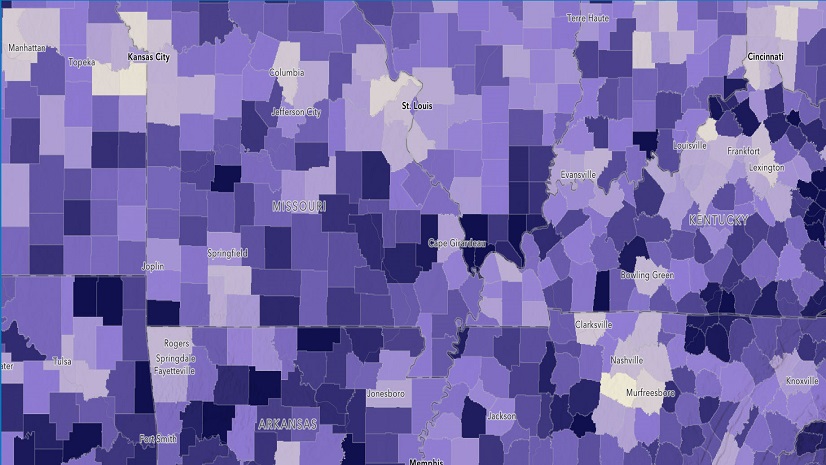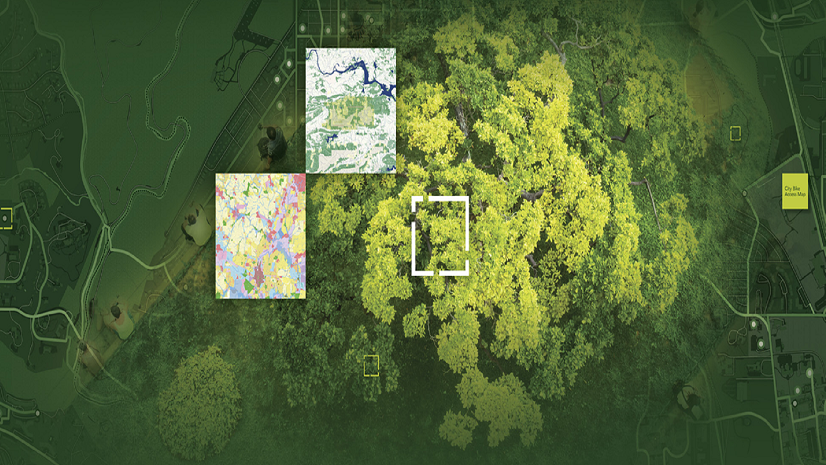This blog marks the fourth and final entry in our “Trends in Health GIS” series, exploring how emerging technologies are shaping the future of public health and healthcare. Following our discussions on the opioid epidemic, healthcare accessibility, and maternal and child health, this installment focuses on the transformative role of Indoor GIS in healthcare facility management. As hospitals and healthcare systems face growing operational challenges, Indoor GIS is revolutionizing the way facilities are managed by providing real-time, data-driven insights that enhance operational efficiency, improve patient care, and drive sustainability initiatives. From asset tracking to space utilization, this cutting-edge technology is becoming an essential tool for hospitals worldwide.
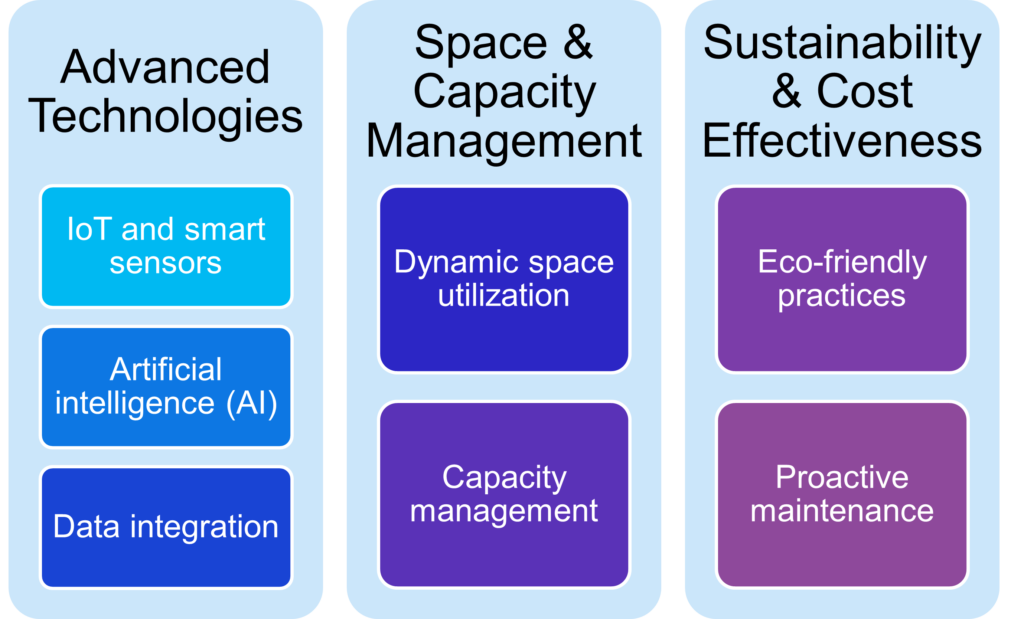
The Rise of Indoor GIS in Healthcare
Hospitals have long been at the forefront of adopting new technologies to optimize patient care, but now they are also looking to apply emerging technologies to advance facility management. Indoor GIS technology, which creates a digital twin of your facility, is proving to be invaluable in streamlining operations, improving sustainability, and creating safer, more efficient environments.
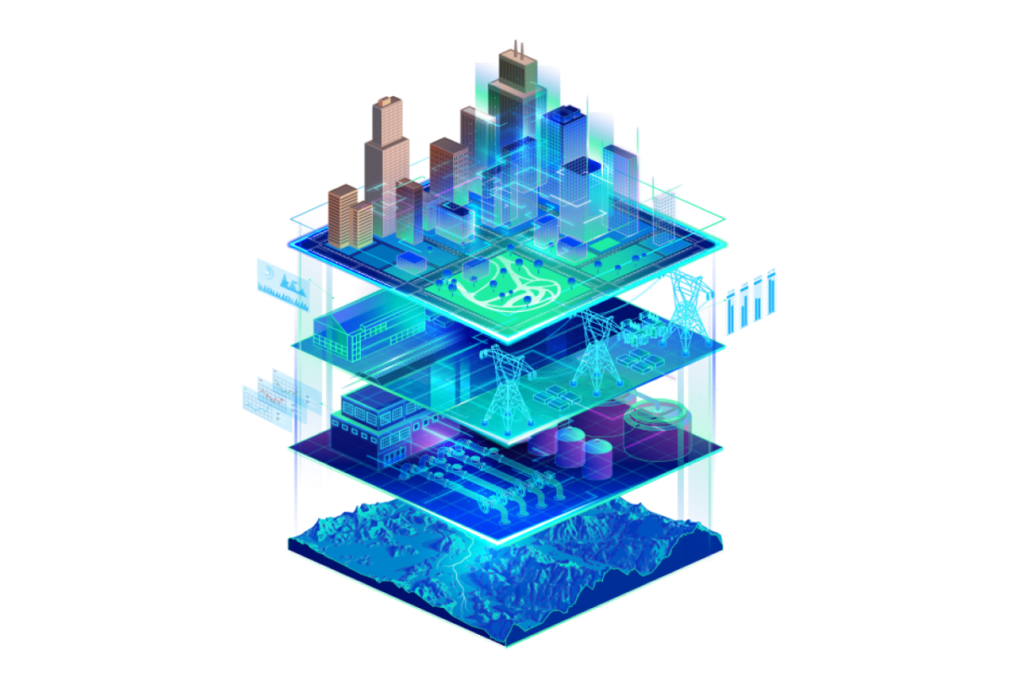
The integration of Internet of Things (IoT) and smart sensors with Indoor GIS is enabling hospitals to monitor energy consumption, occupancy rates, and equipment performance in real-time. This not only helps facilities reduce costs but also allows for predictive maintenance, enhancing the lifespan of critical equipment. AI tools further augment these capabilities by optimizing administrative functions and patient care processes, allowing hospitals to better manage resources and forecast patient volumes.
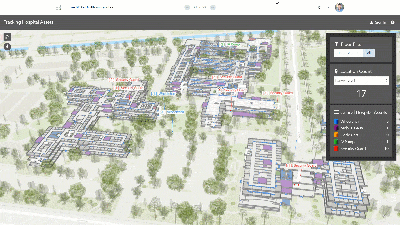
Adapting to the Post-Pandemic Landscape
The COVID-19 pandemic has drastically changed the way healthcare facilities operate, placing a greater emphasis on flexible space management. Hospitals now need the ability to repurpose rooms quickly—from converting standard rooms into intensive care units to making office spaces reservable for short-term use.
This dynamic approach to space management is supported by ArcGIS Indoors, which provides facility managers with the tools to visualize and adjust room usage based on demand. ArcGIS Indoors, for example, allows scheduling of operating rooms, MRI machines, and physician offices more efficiently, reducing wait times and ensuring that critical spaces are used to their full potential.
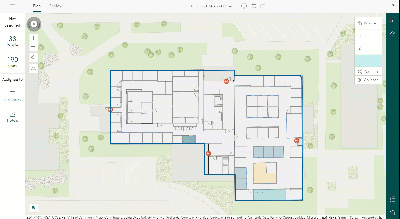
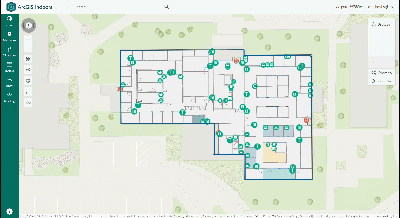
Decarbonizing Healthcare and Reducing Environmental Impact
Healthcare facilities are some of the most energy-intensive buildings, contributing significantly to global greenhouse gas emissions. In fact, if the healthcare sector were a country, it would rank as the fifth-largest emitter of greenhouse gases worldwide. Recognizing this, hospitals are increasingly prioritizing “decarbonization” as part of their sustainability goals. Indoor GIS is playing a pivotal role in this transition by providing actionable insights into energy usage and enabling smarter resource management.
With Indoor GIS, facility managers can track energy consumption across various parts of a hospital, identifying inefficiencies and flagging areas where energy is being wasted. This data allows hospitals to make informed decisions about implementing sustainable practices—such as improving insulation, utilizing renewable energy sources, or retrofitting buildings to reduce their carbon footprint.
Furthermore, the integration of smart sensors with Indoor GIS enables real-time monitoring of environmental conditions like temperature and lighting. This helps maintain an optimal healing environment for patients while simultaneously reducing energy consumption. By adjusting settings dynamically based on real-time data, hospitals can reduce their carbon emissions by as much as 30%, all while lowering operational costs.
Indoor GIS can also support broader sustainability initiatives, such as tracking carbon-neutral buildings within a hospital campus or evaluating the impact of green infrastructure like rooftop gardens or solar panels. Take a look at the dashboard created by the City of Brisbane, California. They are not only monitoring the total energy and water use across their buildings, but they are also noting their buildings’ Energy Star compliance scores.
As decarbonization becomes a key focus in healthcare, Indoor GIS is proving to be an invaluable tool for driving the sector toward a more sustainable and environmentally responsible future.
Improving Asset Management and Reducing Costs
One of the most significant challenges in healthcare facility management is tracking the thousands of assets, such as wheelchairs, beds, and medical equipment, scattered across hospital campuses. Losing or misplacing equipment can cost hospitals millions of dollars each year. Indoor GIS solves this problem by offering real-time asset tracking, giving hospitals a comprehensive view of the location and status of their assets at any time.
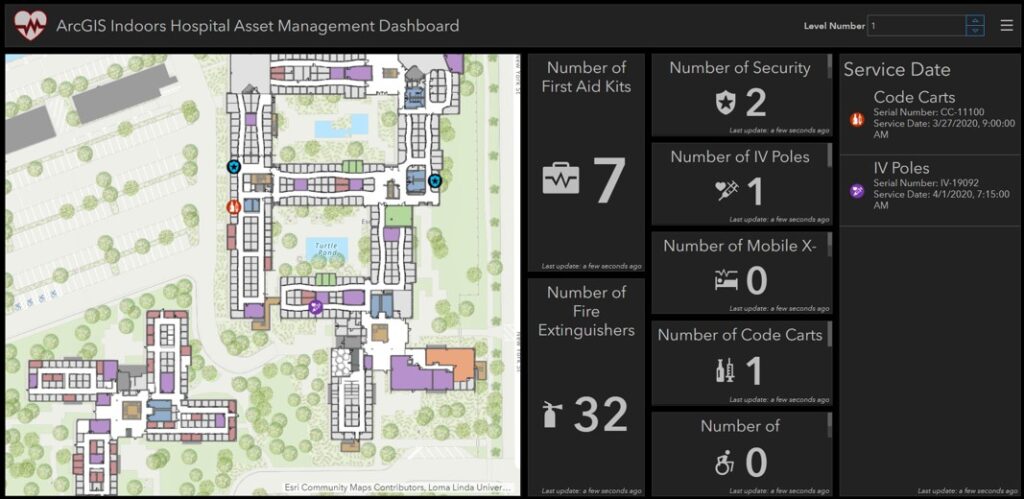
This technology also enables preventive maintenance, helping hospitals avoid costly breakdowns and extending the lifespan of expensive equipment. Staff can report maintenance issues in real time, ensuring that high-priority tasks are addressed promptly, thus improving overall compliance and operational readiness.
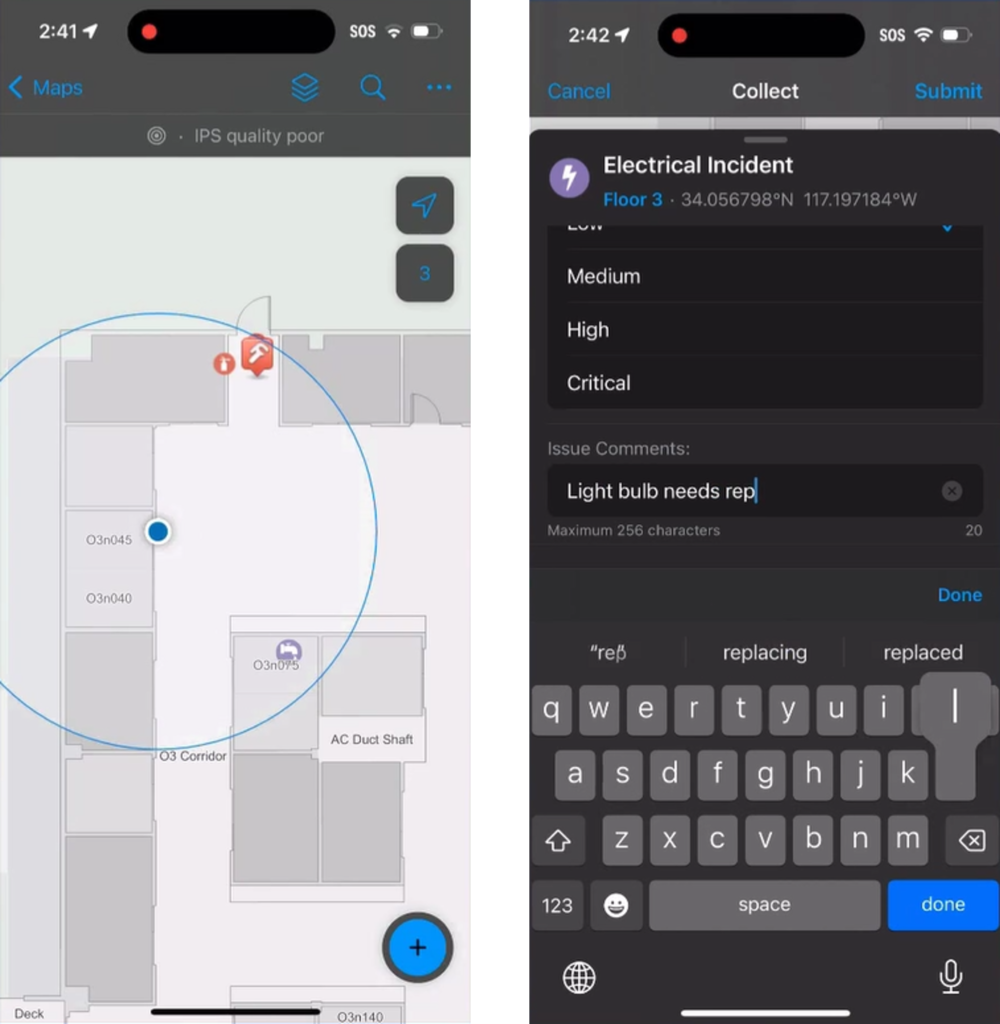
By using Indoor GIS, healthcare facilities can meet regulatory requirements and prepare for inspections with confidence. This technology streamlines facility management, making it easier for hospitals to comply with safety, security and operational standards set by organizations like The Joint Commission.
Ensuring Safety and Security
The security of patients and staff is paramount in any healthcare facility, and Indoor GIS plays a critical role here as well. With real-time tracking capabilities and integration of CCTV cameras, hospitals can monitor what’s going on across their campus and ensure that staff are deployed where they are most needed. See an example of how this works in this YouTube video.
Beyond surveillance activities (such as observing congregating, security team locations and viewshed analysis), Indoor GIS helps you meet building security standards, like capacity determination and monitoring and fire door placement. You can also use the technology to manage building access and plan routes for ingress and egress, both in blue skies and during emergencies.
The Future of Healthcare Facility Management
As healthcare continues to evolve, Indoor GIS will play an increasingly vital role in ensuring that facilities run smoothly, safely, and efficiently. With the integration of AI, IoT, and real-time tracking, hospitals can not only improve patient care but also reduce operational costs and environmental impact. The future of healthcare facility management is here—and it’s ArcGIS Indoors. If we can help you create a digital twin of your healthcare facility, please contact us at healthinfo@esri.com



